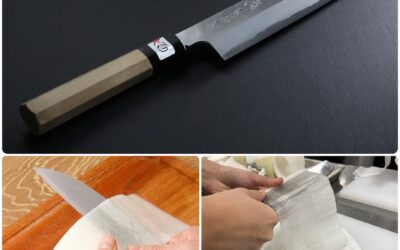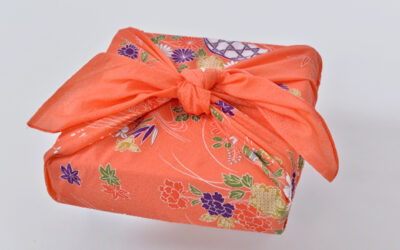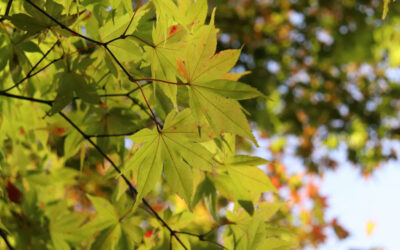
The moment in the culinary calendar when a food is at its seasonal peak of flavor is referred to as shün, and it is the driving force in most Japanese kitchens. Indeed, entire menus are planned around shün ingredients.
In the spring, as tender bamboo buds begin to push their way through the earth they also begin to appear at market, and at table. Its time to indulge in Takénoko-Zukushi, a banquet of glorious bamboo shoots prepared in a multitude of ways. Served alongside each other in the same meal accentuates subtle nuances of flavor and texture and provides the chef with an opportunity to showcase his or her ability to coax the most from nature’s provisions.
To join in this meal-making mindset, visit PROJECT Cooking with Bamboo Shoots.
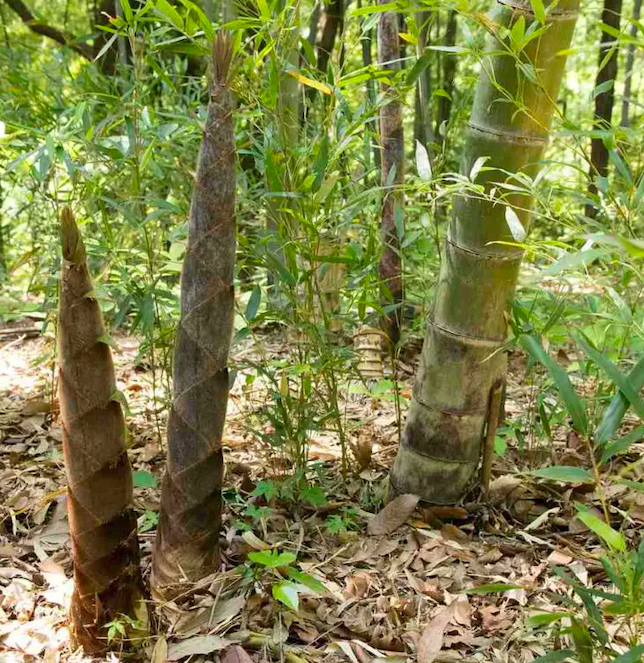
孟宗竹 mōsō chiku
Throughout the world there are more than 1200 varieties of bamboo; Japan alone boasts nearly six hundred. Among them, the single most cultivated is mōsō chiku 孟宗竹 . The scientific name is Phyllostachys pubescens and also Phyllostachys edulis which indicates it is edible.
Bamboo shoots have been eaten since ancient times. There is mention of eating bamboo in the Kojiki (Records of Ancient Matters), the earliest historical record of Japan, compiled in 712 AD).
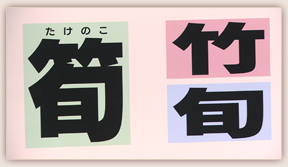
Interestingly the calligraphy for bamboo shoot or takénoko (on the left, green background) is a combination of také (the upper right, pink background) “bamboo tree,” and shün (lower right, pale blue background), “to be in season.”
Find out more about fresh bamboo shoots, read my April 2024 newsletter.

